 |  |  |
| (a) | (b) | (c) |
 |  |  |
| (a) | (b) | (c) |
 |  |  |
| (a) | (b) | (c) |
 |  |  |
| (a) | (b) | (c) |
| (1) |
| (2) |
| (3) |
| (4) |
| (5) |
| (6) |
| (7) |
| (8) |
| (9) |
| (10) |
| (11) |
| (12) |
|
| (14) |
| (15) |
| (16) |
| (17) |
| (18) |
| (19) |
 |  | 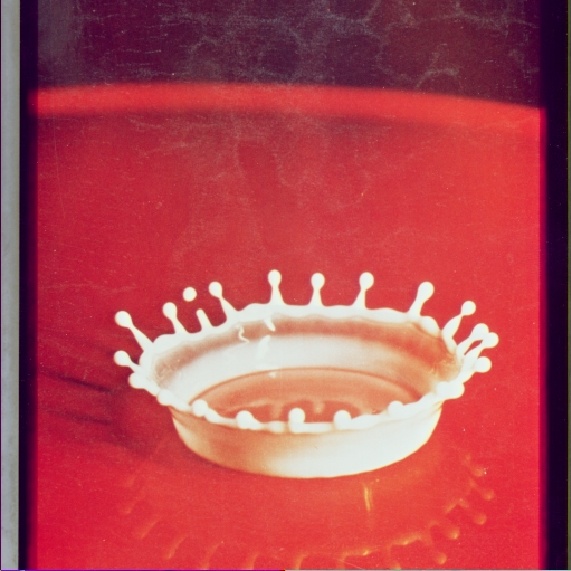 |
| (a) | (b) | (c) |
 |  | 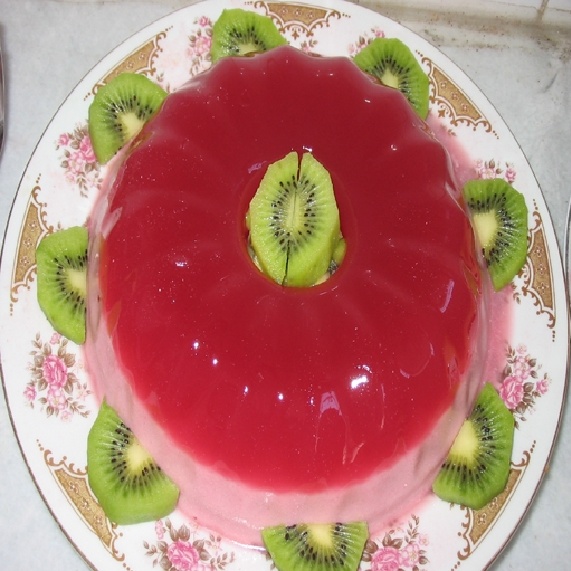 |
| (d) | (e) | (f) |
 | 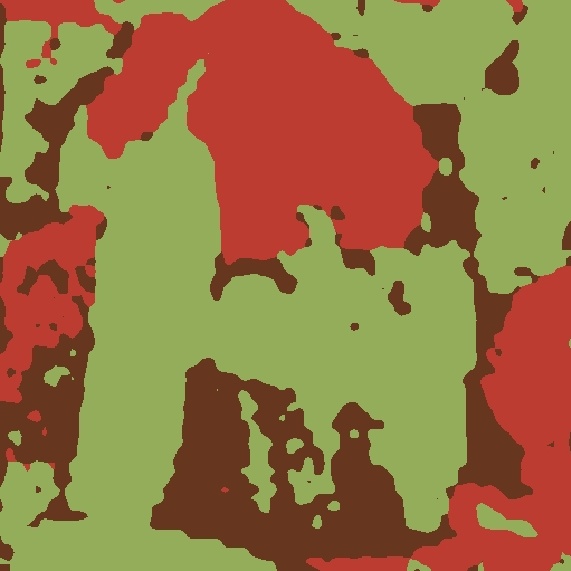 | 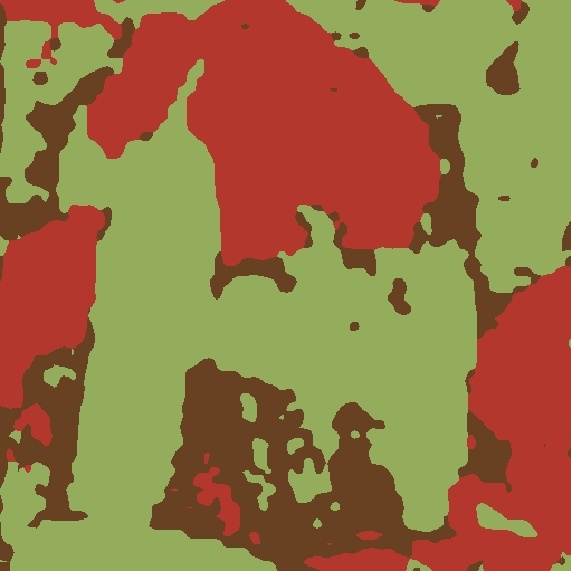 |
 |  |  |
| (a) | (b) | (c) |
 |  |  |
 |  |  |
| (a) | (b) | (c) |
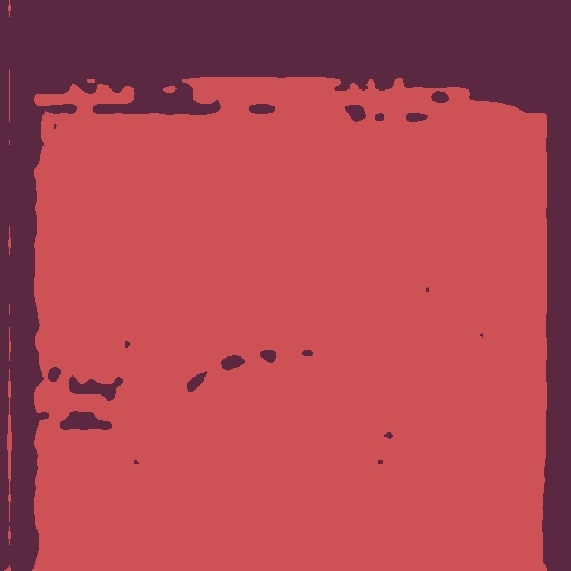 |  |  |
 |  |  |
| (a) | (b) | (c) |
 |  | 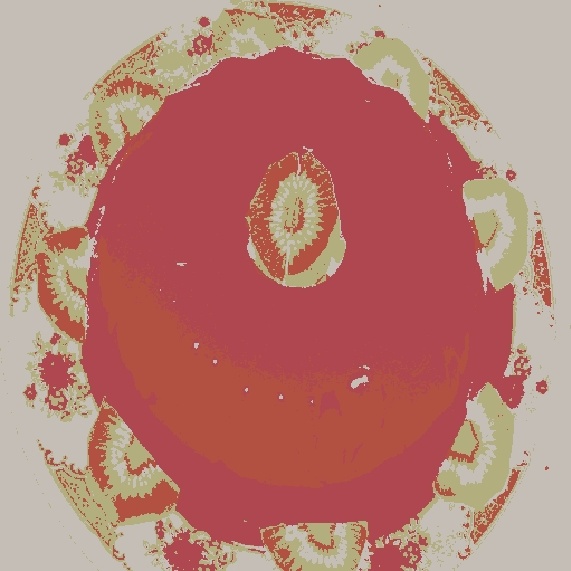 |
| (a) | (b) | (c) |
 |  |  |
 |  |  |
| (d) | (e) | (f) |
| ||||||||||||||||||||||||||